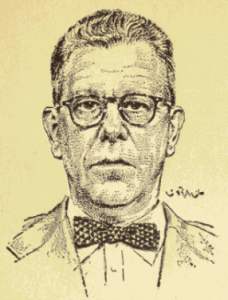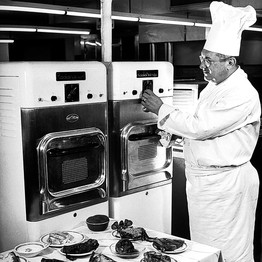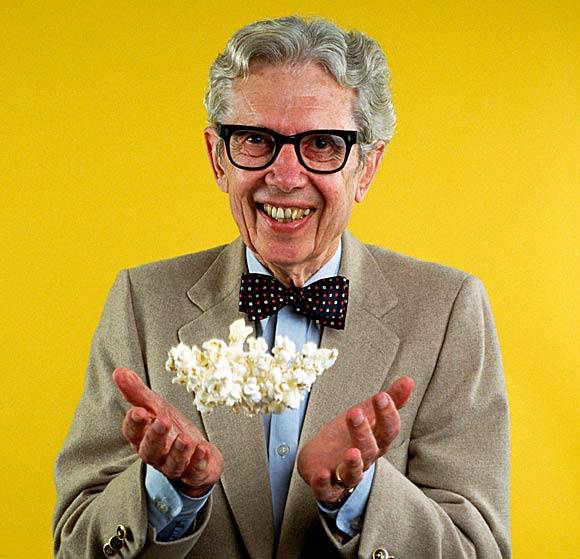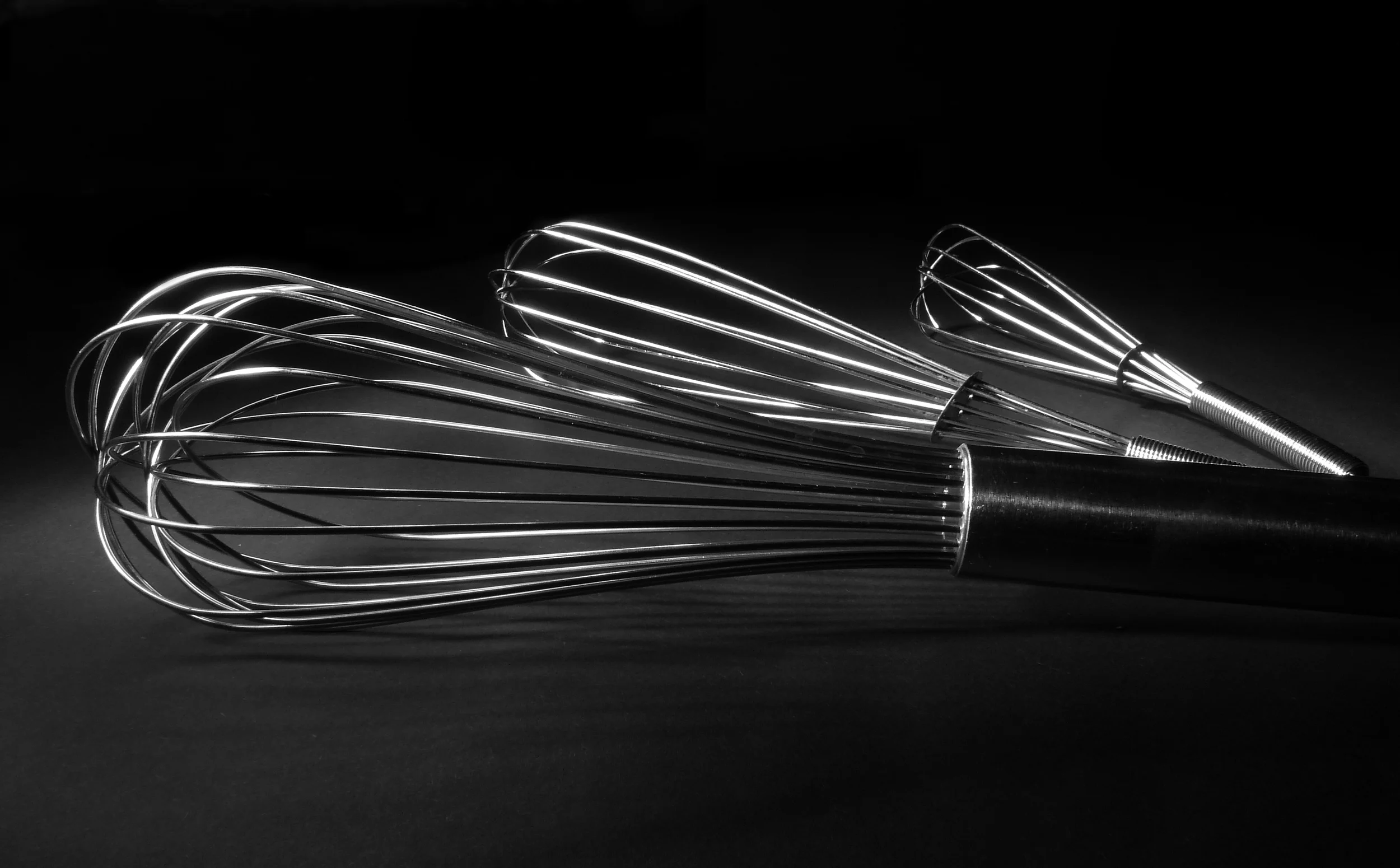 In 1945 Dr. Percy Spencer, a self-taught engineer working for the Raytheon Company in Massachusetts, discovered quite by accident that a chocolate candy bar in his lab coat pocket had melted while he was experimenting with magnetron tubes, a new kind of vacuum tube developed by the English during World War II.
In 1945 Dr. Percy Spencer, a self-taught engineer working for the Raytheon Company in Massachusetts, discovered quite by accident that a chocolate candy bar in his lab coat pocket had melted while he was experimenting with magnetron tubes, a new kind of vacuum tube developed by the English during World War II.
Besides snacking on candy bars, Dr. Spencer was also fond of popcorn as an afternoon snack. So being a true scientist, he placed a few unpopped kernels next to magnetron tubes and was amazed when they begin to vibrate and then pop.
The next day he and his excited lab associates tried cooking an egg still in its shell. It cooked and then exploded.
 By 1947 his amazing discovery (minus the exploding egg) was transformed into the first microwave test model, which weighed 750 pounds, stood five feet tall and cost $5,000! It also required addition plumbing be installed as the heated magnetron tubes had to be cooled constantly by water.
By 1947 his amazing discovery (minus the exploding egg) was transformed into the first microwave test model, which weighed 750 pounds, stood five feet tall and cost $5,000! It also required addition plumbing be installed as the heated magnetron tubes had to be cooled constantly by water.
At this price range, Raytheon believed only professional chefs would consider purchasing this new cooking tool. In fact, the first field testing was done by valiant chefs in Boston. Thank you brave Chefs.
 By the 1960’s the price had dropped to such a low point that microwaves began to appear on the kitchen counter in some homes.
By the 1960’s the price had dropped to such a low point that microwaves began to appear on the kitchen counter in some homes.
But without the innovative focus of professional chefs, they were initially used largely to reheat and defrost foods quickly.
Then in the 1980’s Orville Redenbacher microwave popcorn packets, along with a host of microwave cookbooks for the home cook, appeared on the market. And the rest, as they sat, is culinary history.
Yet there is a problem, for as much as the microwave is now a part of any contemporary kitchen, few of us actually know how it works, except maybe for Chef Ferran Adrià and his amazing staff.
So here’s a quick tutorial – just remember to enjoy some popcorn while watching, thanks to Dr. Percy Spencer and, of course, Orville Redenbacher!
Post Note, June 30, 2012: Is it our imagination, or is there a a very strong resemblance between Dr. Spencer and Orville Redenbacher?
Your Culinary World copyright Ana Kinkaid/Peter Schlagel 2012












